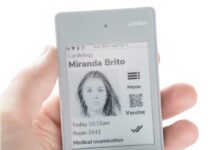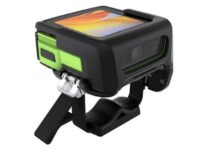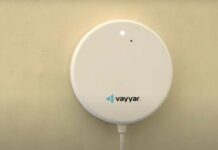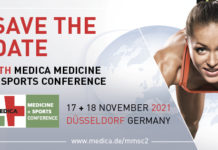A three year study on the use of safety wearables in the workplace by the American Society of Safety Professionals (ASSP) Foundation confirms positive effects.
The study demonstrated how to capture a worker’s safety performance and translate the data into personal fatigue levels. It’s the first step in creating a comprehensive framework that can identify research-supported interventions that protect workers from injuries caused by being tired on the job.
“Fatigue is a hidden danger in the workplace, but now we’ve tackled the measurement and modeling of fatigue through wearable sensors, incorporating big data analytics and safety engineering,” Dr. Lora Cavuoto said. “Information is power, so knowing when, where and how fatigue impacts worker safety is critical. You can’t identify solutions until you pinpoint the problems.”
The researchers monitored 25 participants wearing non-obtrusive wrist, hip and ankle sensors while completing three tasks commonly performed by manufacturing workers: assembly, stocking and remaining in a static or flexed position.
“By setting parameters, we identified behavioral changes in how people conduct work over time,” Cavuoto said. “For example, we saw how workers performed the same task in the first hour as compared to the third hour when fatigue became a factor. Wearable technology can uncover precursors to larger problems and help establish safety interventions that may call for scheduled breaks, posture adjustments or vitamin supplements that help the body.”
The study comes just in time for CES 2019, where wearables is again a hot topic. Wearable Technologies AG CEO Christian Stammel will moderate the session “Putting Wearables To Work” at the Wearable Tech Summit, a CES 2019 Conference track, on January 9th, 2019.
The session will focus on how wearable tech is becoming a work requirement. Augmenting worker capabilities, safety and productivity, wearables have moved from having potential to being impactful, and soon, essential.
The CES 2019 show floor will be peppered with new wearables across fitness, healthcare and more areas. The technology is maturing fast with mass market appeal.
Read the full Advancing Safety Surveillance Using Individualized Sensor Technology (ASSIST) report on assp.org.
In case CES is too overwhelming with its 4,500 exhibitors across 2.75 million net square feet of exhibit space, the next wearables event is just a few weeks later. At the WT Wearable Technologies Conference Europe 2019 in Munich, you can connect with Christian Stammel in a much more focused setting. The conference and expo is the must-attended annual meeting for global professionals of the entire wearable ecosystem.
More than 60 high-level speakers coming from Bayer, BMW, Casio, Gore, Microsoft, and STMicroelectronics will give you the latest insights in their applications and digitalization strategies via IoT and WT solutions and drive your business development.
The conference details and tickets for the WT Wearable Technologies Conference Europe 2019 in Munich are available on wearable-technologies.eu.

















